National Park Photos: A Tribute
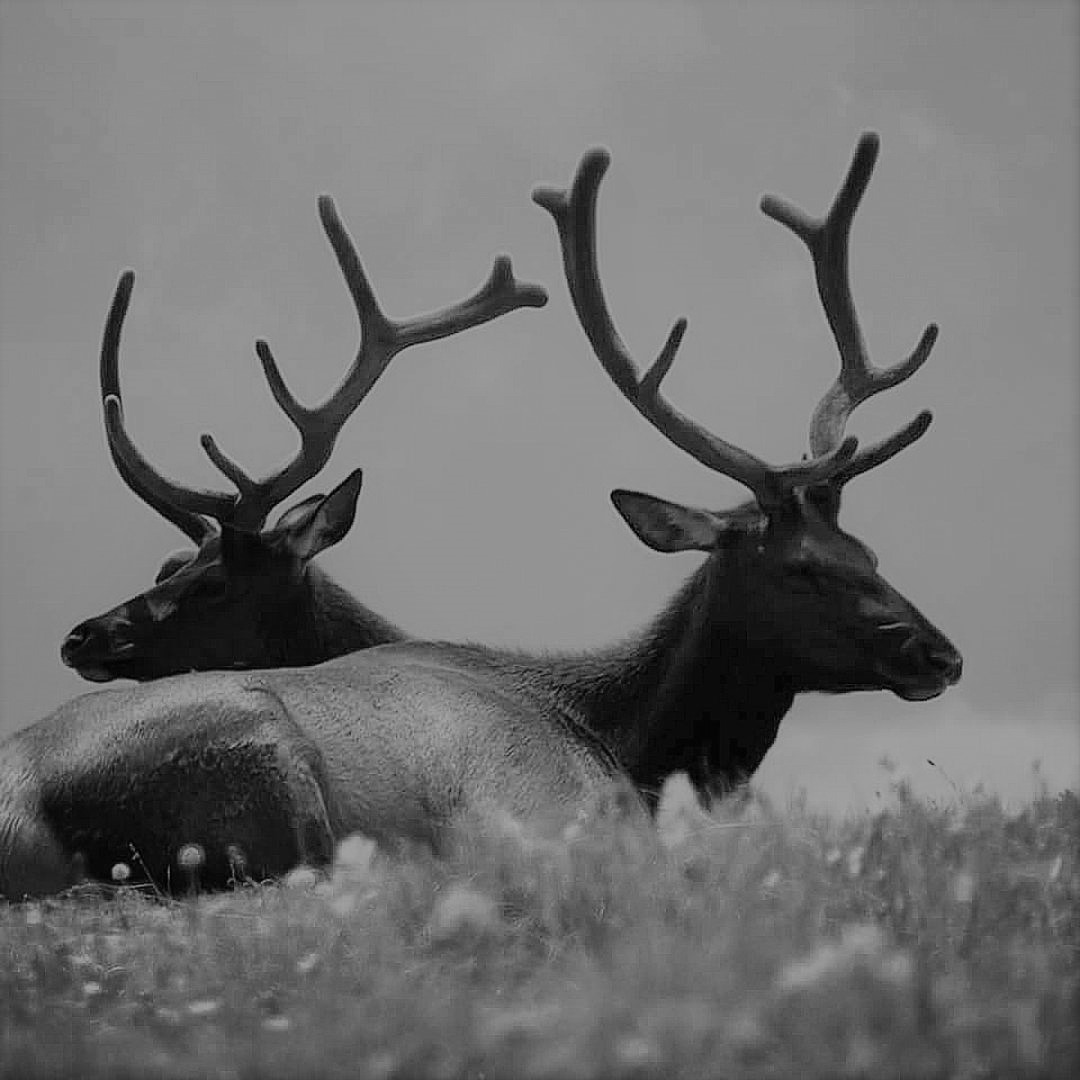
We at Family Well Traveled love our national parks. With more than 400 national park sites, there is plenty to see and do. We have a lot of sites left to visit. Still, we thought in honor of National Parks Week (which occurs each April), we would take a photo tour of those parks we have visited. Here then is our National Park photos tour.
Updated July 15, 2023
Agate Fossil Beds National National Monument
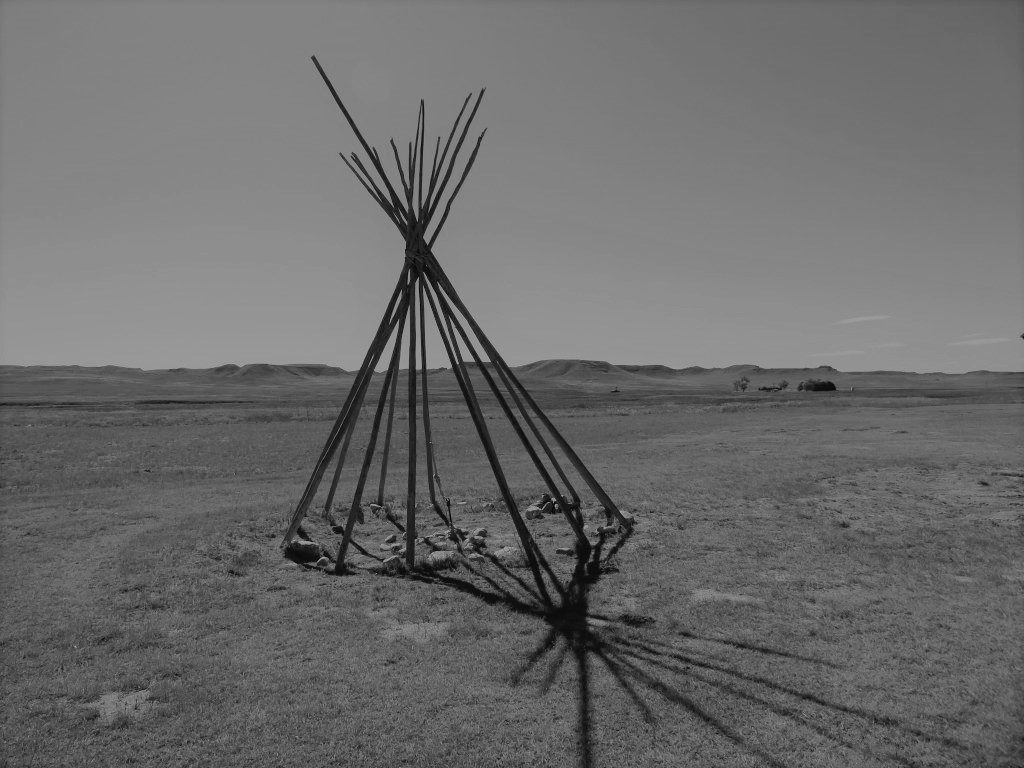
Agate Fossil Beds is in the middle of windswept prairie in Western Nebraska. It is desolate. There is nothing (we mean nothing) around for miles. Here lies a mammal fossil bed from the Miocene Epoch 20 million years old. But what resonates is the stark, unending prairie roamed by the Lakota and other Native American Tribes.
Badlands National Park

When you step into the South Dakota Badlands, you feel like you’re stepping on to another planet. The vistas are amazing. Hikes in the park are amazing. The national park preserves native grasslands that cannot be found elsewhere. You can search for wildlife including bison, bighorn sheep, and prairie dogs. And, each week visitors uncover dinosaur bones and other prehistoric artifacts.
Bandelier National Monument
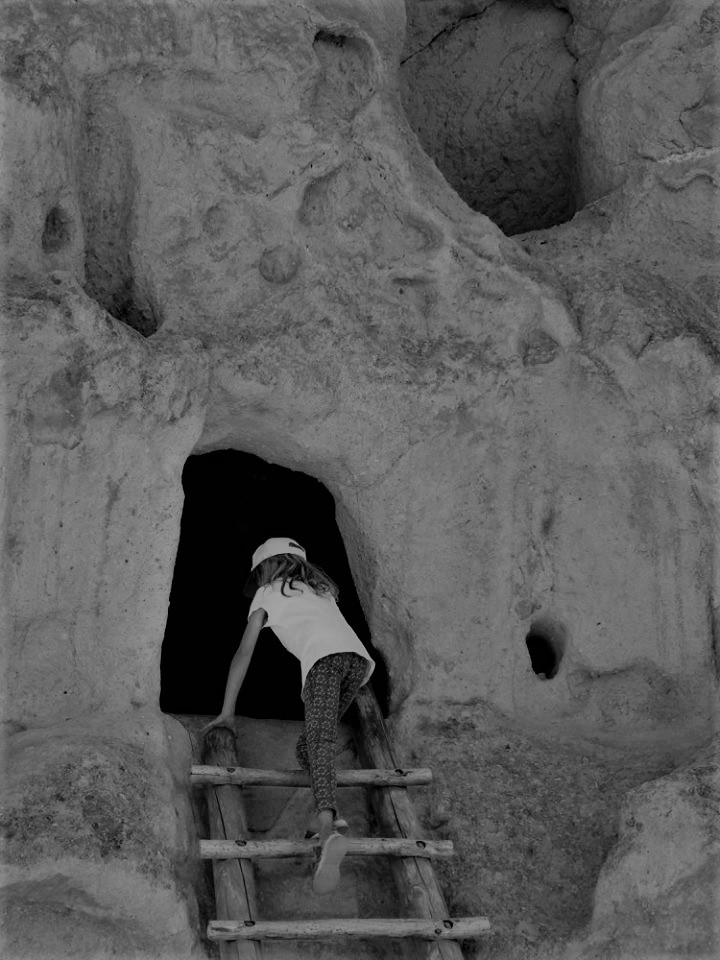
The New Mexico monument was home to Ancestral Pueblos some 800 years ago. They lived in the Frijoles Valley, carving dwellings from the volcanic tuff rock in the cliff sides. Today, visitors to Bandelier can climb into some of the homes and learn what social and religious life looked like for this ancient peoples.
Bent’s Old Fort National Historic Site
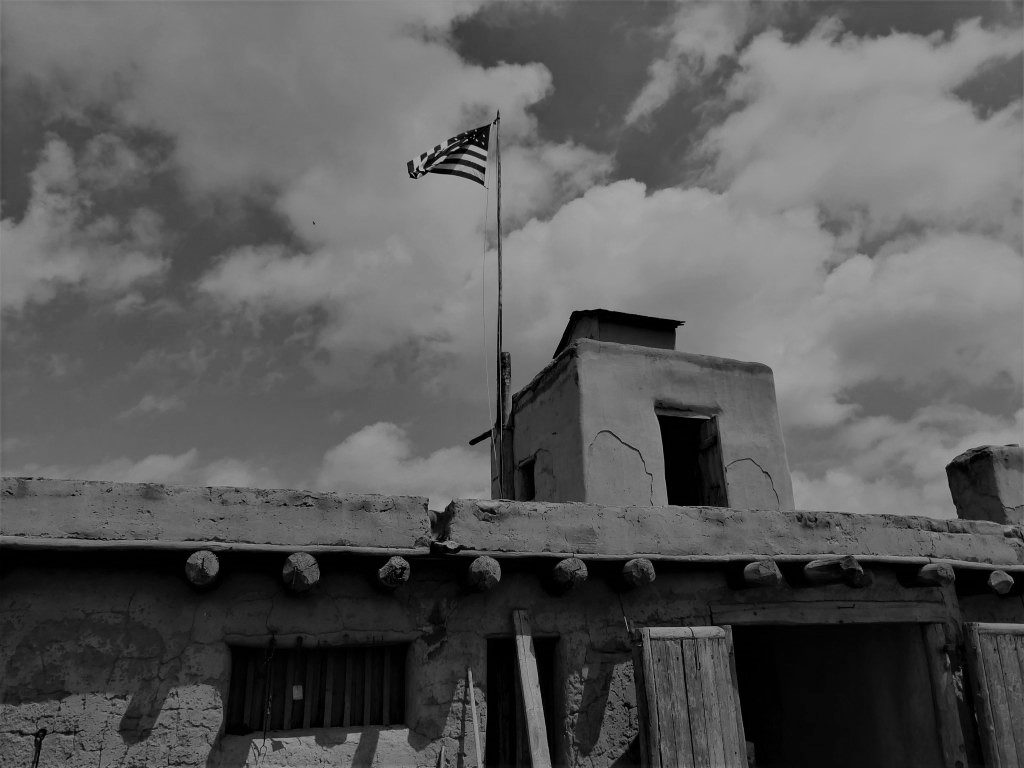
The adobe fort in Southeastern Colorado was built for trade and as a stop along the Santa Fe Trail. It was also a military outpost during the Mexican American War. Here, the 19th Century French, American, Native American and Mexican settlers and merchants gathered along the banks of the Arkansas River. The fort, meticulously rebuilt in the 1960s (the original fort burned to the ground), commemorates the sometimes violent changes that took place during western migration.
Black Canyon of the Gunnison National Park
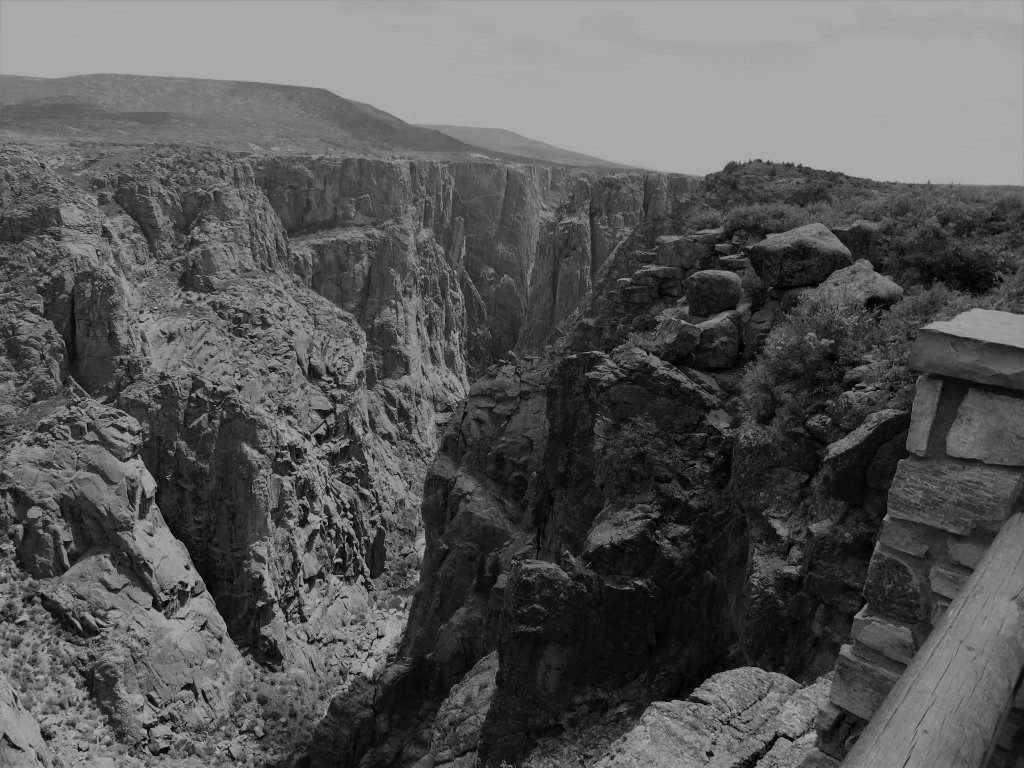
On the Western slope of Colorado’s Rocky Mountains, the Gunnison River bit by bit chipped away at the rocks of the canyon. At the rate of one inch per year, the river eroded the rock, creating breathtaking canyon walls. Today, the walls measure more than 2,000 feet tall in spots, and are separated by as little as a quarter mile. One cannot look down (or up) at the Black Canyon walls without contemplating how small we are.
Check out National Geographic Atlas of the National Parks for details about all park sites.
Capulin Volcano National Monument
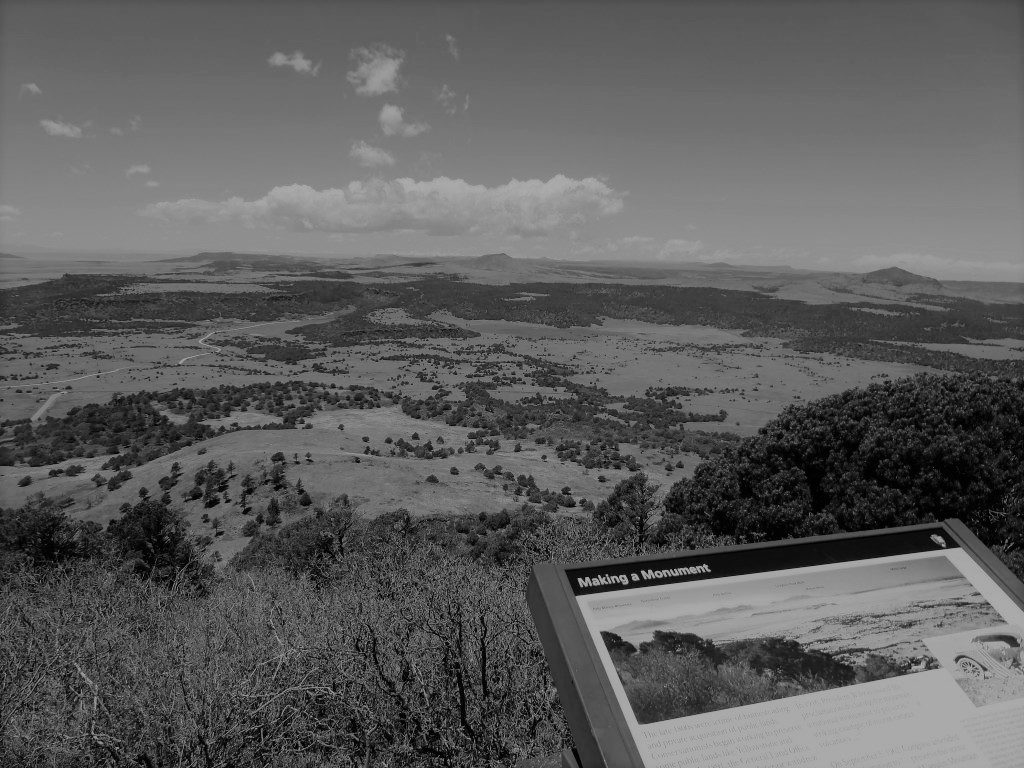
The volcano, which last erupted 56,000 years ago, stands among many volcanic peaks in Northern New Mexico. Capulin was a recognizable landmark along the journey of the Santa Fe Trail. Today, you can drive to the top of the volcano, and hike around the base or into the vent. The views of the Sangre de Cristo Mountains and the Rio Grande Valley from the 8200 foot elevation take your breath away.
Castle Clinton National Monument
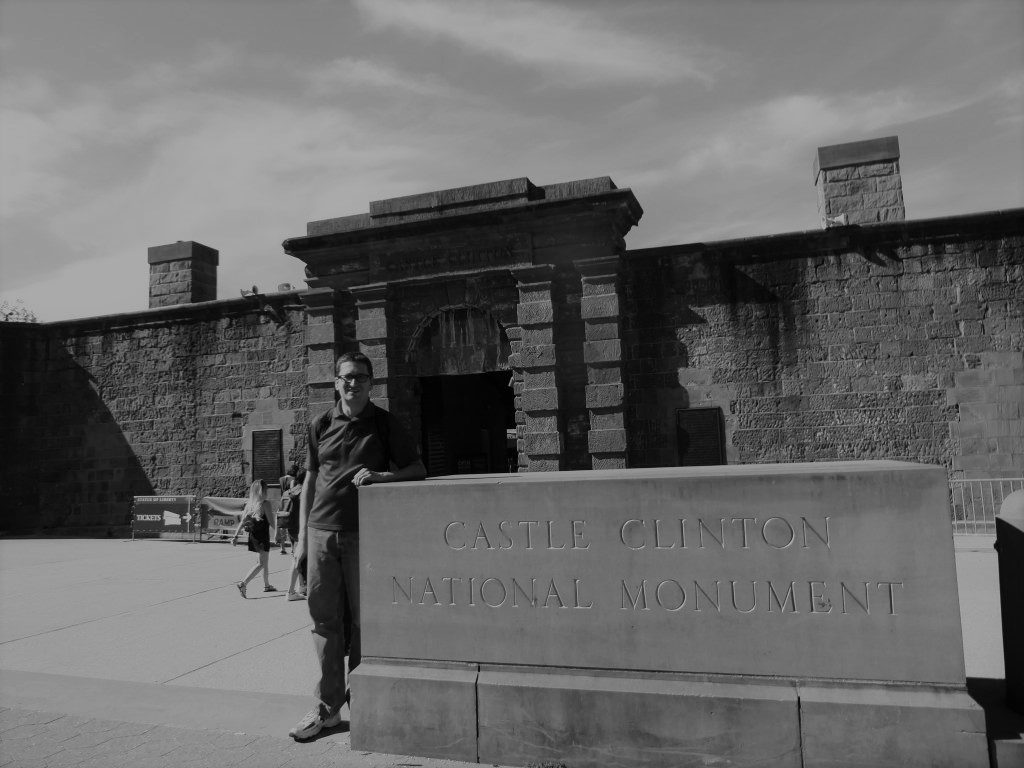
The gateway to The Statue of Liberty, the monument is in New York City’s Battery Park. The Castle was used to protect the city from the British during the War of 1812, threatening the young nation.
Chimney Rock National Historic Site

After driving their wagon trains west through the Nebraska prairie, settlers found Chimney Rock a welcome beacon that they were making progress along the Oregon Trail. The rock was immortalized as the symbol of Nebraska when the U.S. Mint produced state quarters.
Curecanti National Recreation Area
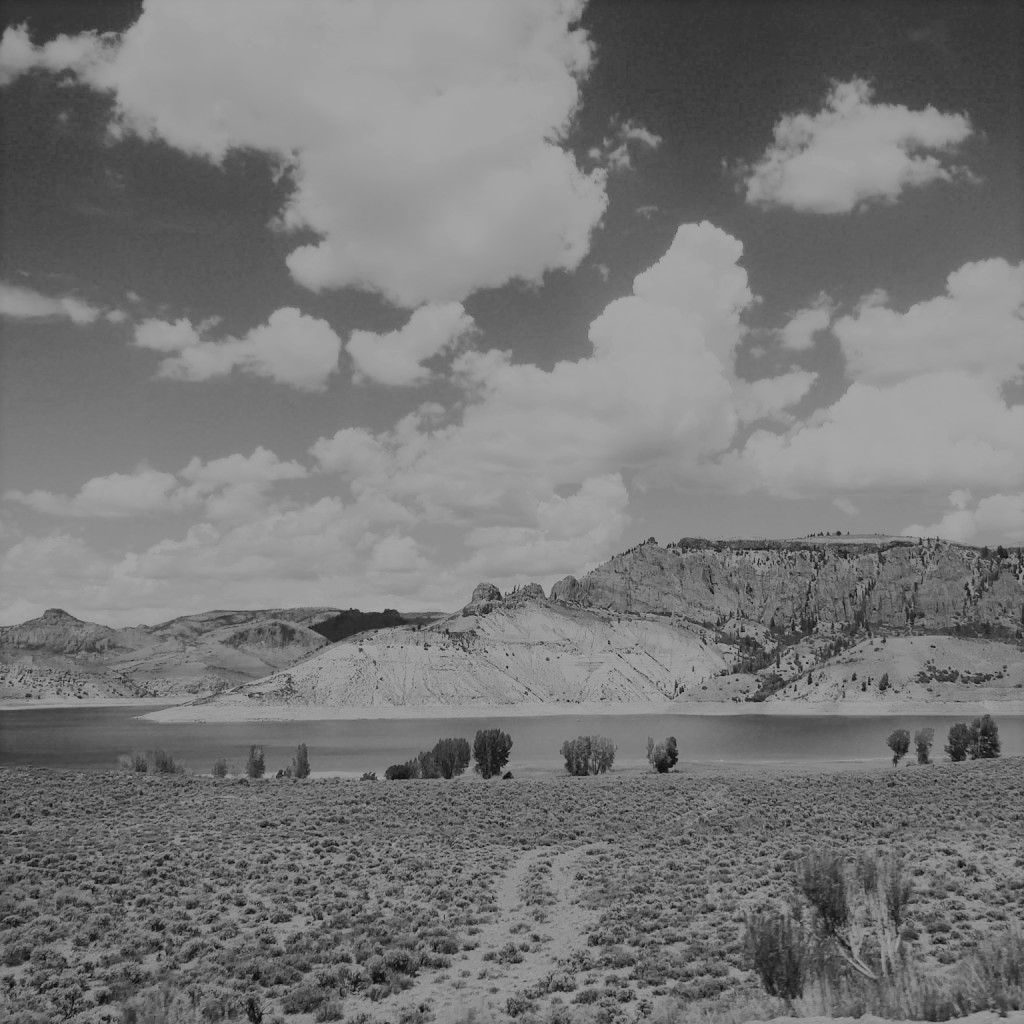
Nestled within the Rocky Mountains in Colorado, Curecanti runs along U.S. Highway 50. The three main reservoirs provide ample boating, fishing, and other recreational options for visitors. And the site lies adjacent to Black Canyon of the Gunnison National Park.
Check out this National Parks 100 piece Sticker Pack Set
Devils Tower National Monument
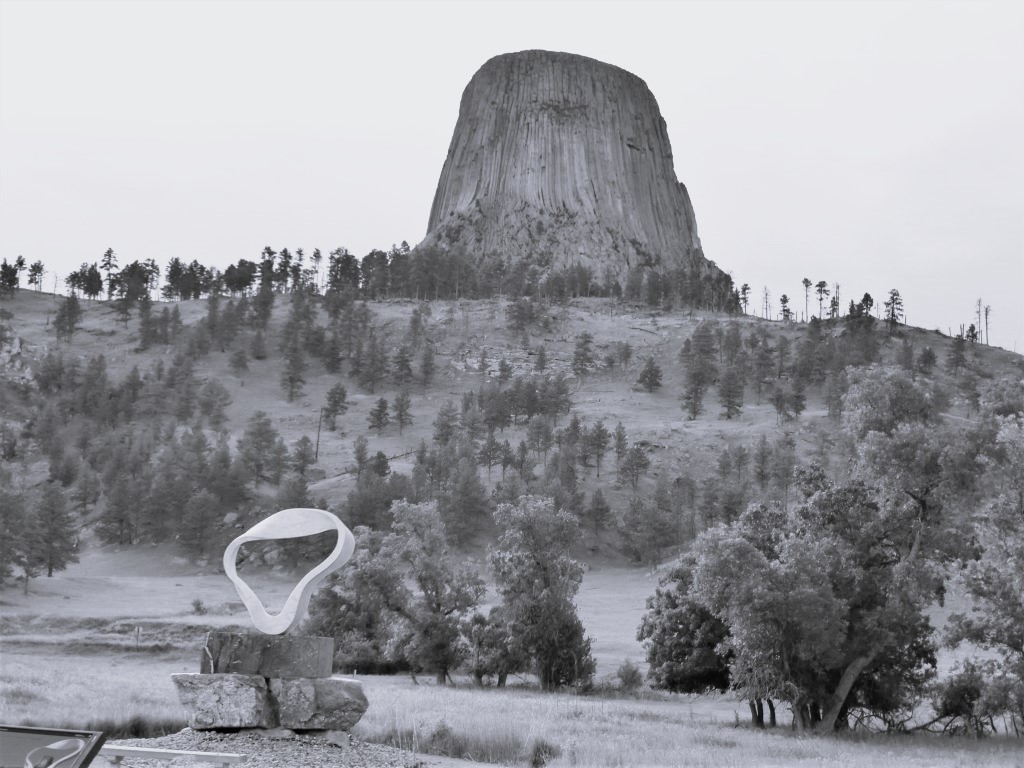
Made famous from the movie “Close Encounters of the Third Kind,” Devils Tower National Monument in Wyoming beckons sightseers from around the world. Our peaceful trip to the natural edifice left us understanding exactly why it is a sacred site to many indigenous peoples.
Ellis Island (Part of Statue of Liberty National Monument)
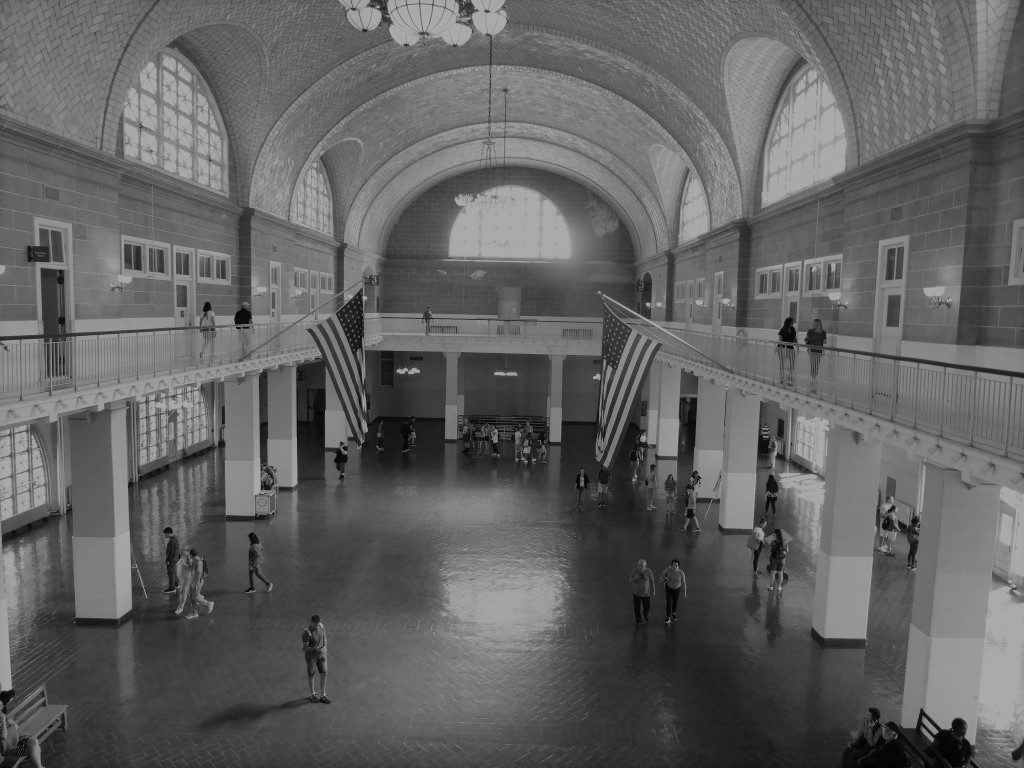
During the great migration to the U.S., thousand of European emigrants landed at Ellis Island and waited in quarantine until they could journey over to New York City and other locales in the United States. The Registry Hall represents and officious and daunting welcome to the United States.
Florissant Fossil Beds National Monument
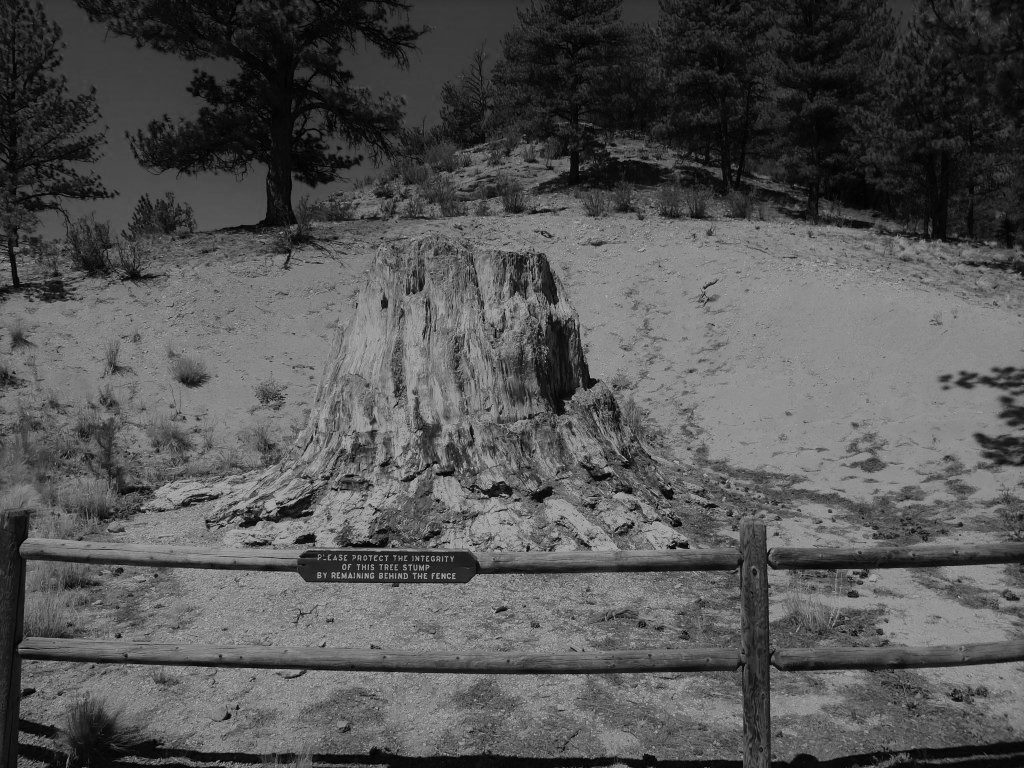
You’ll find some of the best preserved insect and flora fossil remains in the world at Florissant Fossil Beds in Colorado. Surprisingly, a prehistoric lake preserved enormous petrified sequoias in this Rocky Mountain valley, too. The monument brags of a number of hiking trails, Ranger-led talks and tours, and a laboratory where you can investigate fossils under microscopes and magnifying glass.
Fort Laramie National Historic Site
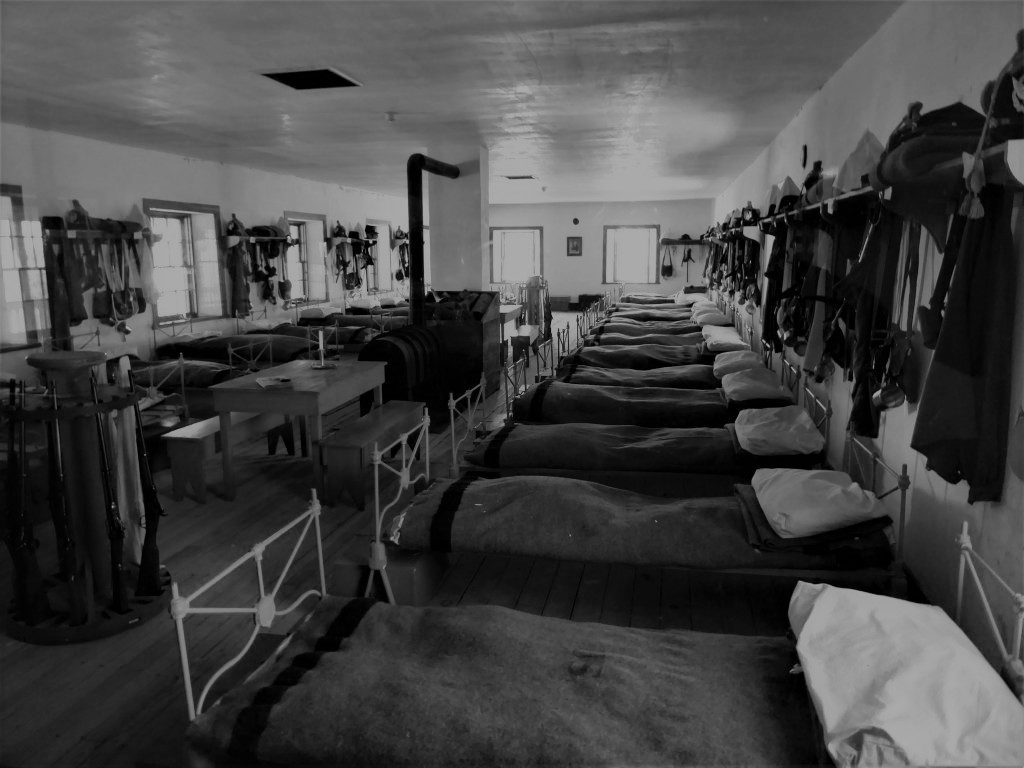
The Wyoming fort was the primary U.S. military presence in the western United States plains. Units from Fort Laramie were sent out to the Dakotas and Montana to curb miner’s rebellions. Fort Laramie has a rich history among the Lakota and other Native Americans. You can tour the officer’s homes, the soldiers’ barracks and see the oldest standing structure in the State of Wyoming,
Fort Union National Monument
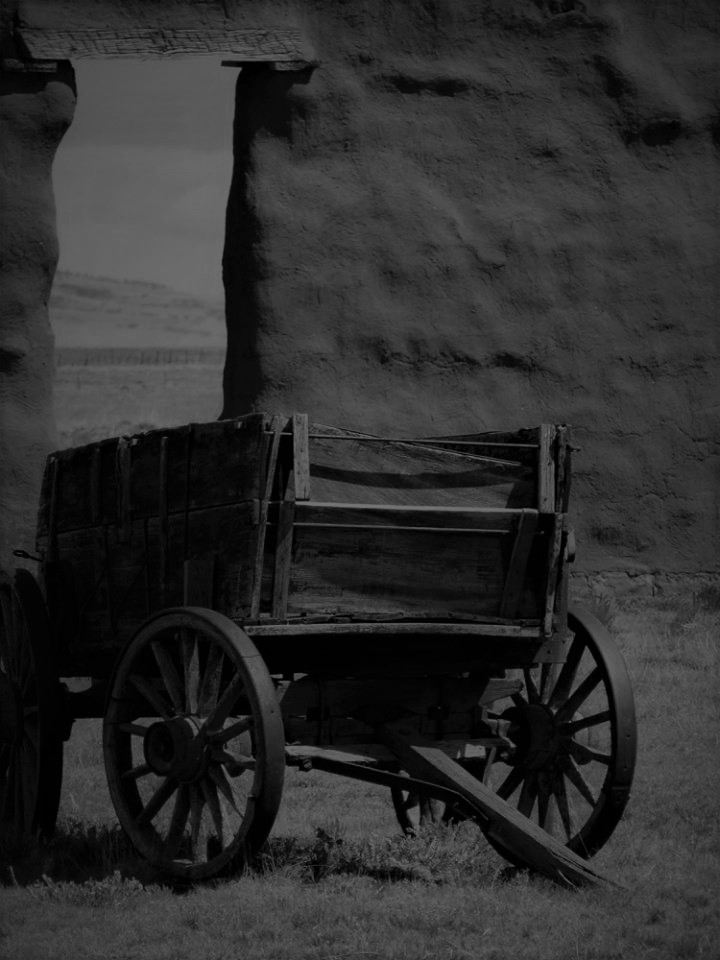
One of the last stops along the Santa Fe Trail, Fort Union is a special park site. Here, you see the effects of time and erosion on the adobe walls of the fort. Some walls still stand. Others have fallen over time and eroded. A guided tour of the grounds is an eye opening tour of the history of the fort. And you learn about some interesting objects found in the latrines.
Remember your National Parks trips with a National Parks Scratch Off Map.
General Grant National Memorial

The final resting place for U.S. President Ulysses S. Grant and his wife lies along the banks of the Hudson River in Upper Manhattan. The memorial of alabaster white marble is a sight to behold. One is awestruck by the memorial. But you also should stop by the Visitors Center and museum, where you can see a tribute to a man of modest means.
Grand Teton National Park
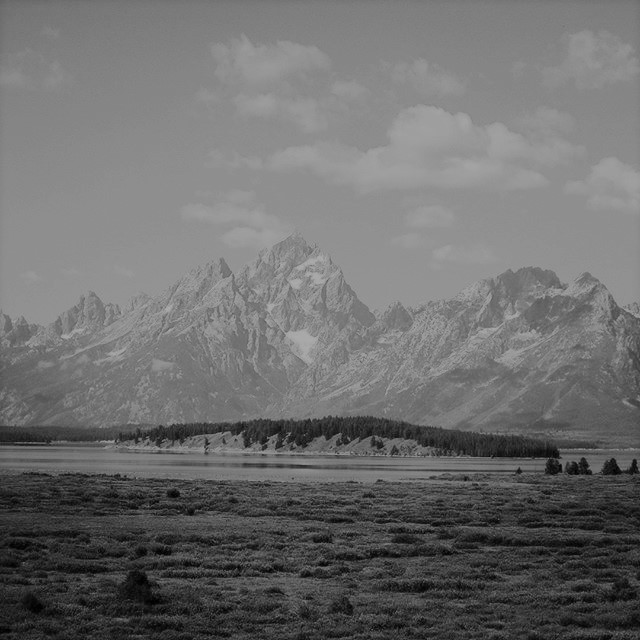
The jagged peaks at Grand Teton are beyond description. The Wyoming park abuts Yellowstone but is a must-visit park by its own rights. It’s an outdoors-lover’s paradise, with plenty to do in the park or nearby Jackson Hole. A night’s stay in Jenny Lake Lodge, overlooking those magnificent jagged peaks is a necessity.
Great Sand Dunes National Park and Preserve
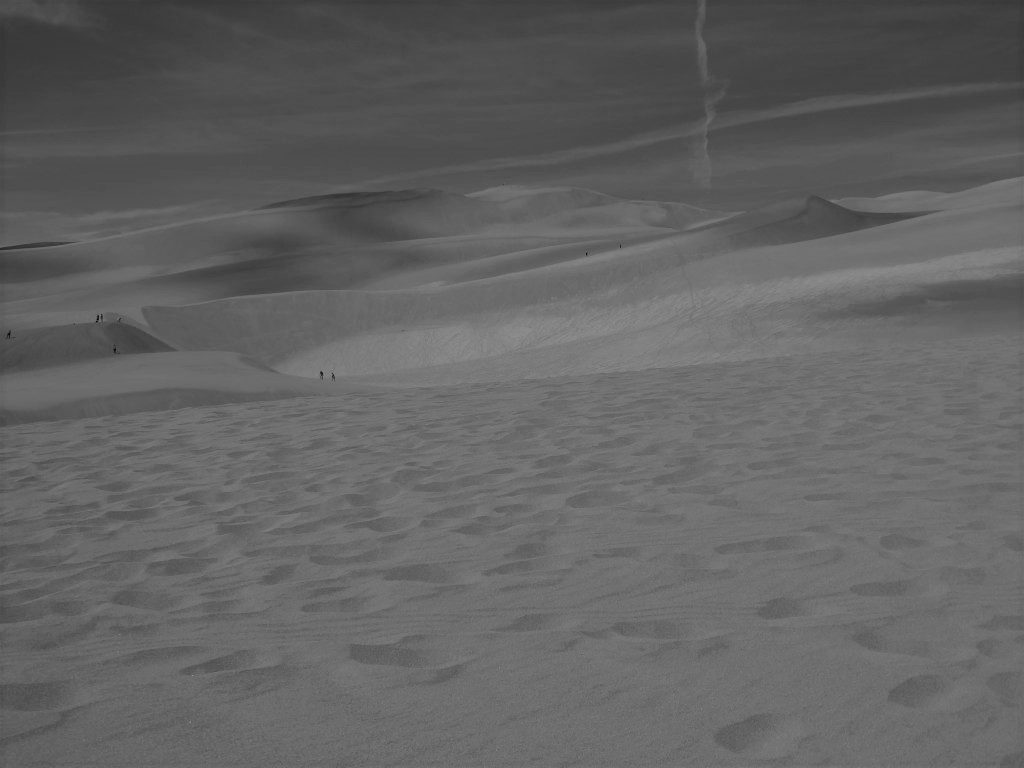
Everyone knows about Colorado’s majestic Rocky Mountains. But, fewer people know that Colorado is home to the world’s largest sand dunes at the base of the Sangre de Cristo Mountain Range. Some dunes reach 800 feet (although winds and rains continually change their height). It’s a workout to climb to the peaks, but the sand sledding ride down is worth the workout.
Hamilton Grange National Memorial
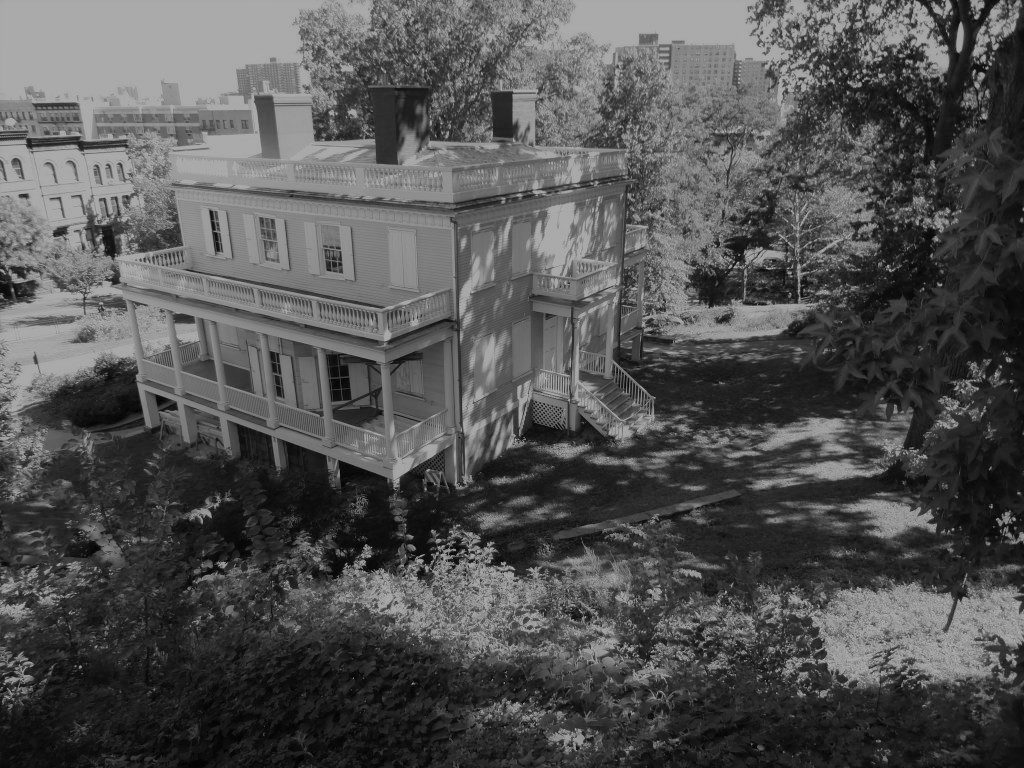
Alexander Hamilton’s home, located in the heart of Harlem, has a storied history. Yes, it was the home of the first U.S. Treasury Secretary. It also has a fascinating history itself. The home has been moved from it’s original location. The process of moving the home in the middle of a metropolitan city is amazing. You can watch the video of the movie at the Grange. Also, take the tour of the home to learn more about Hamilton’s life and family.
Jewel Cave National Monument
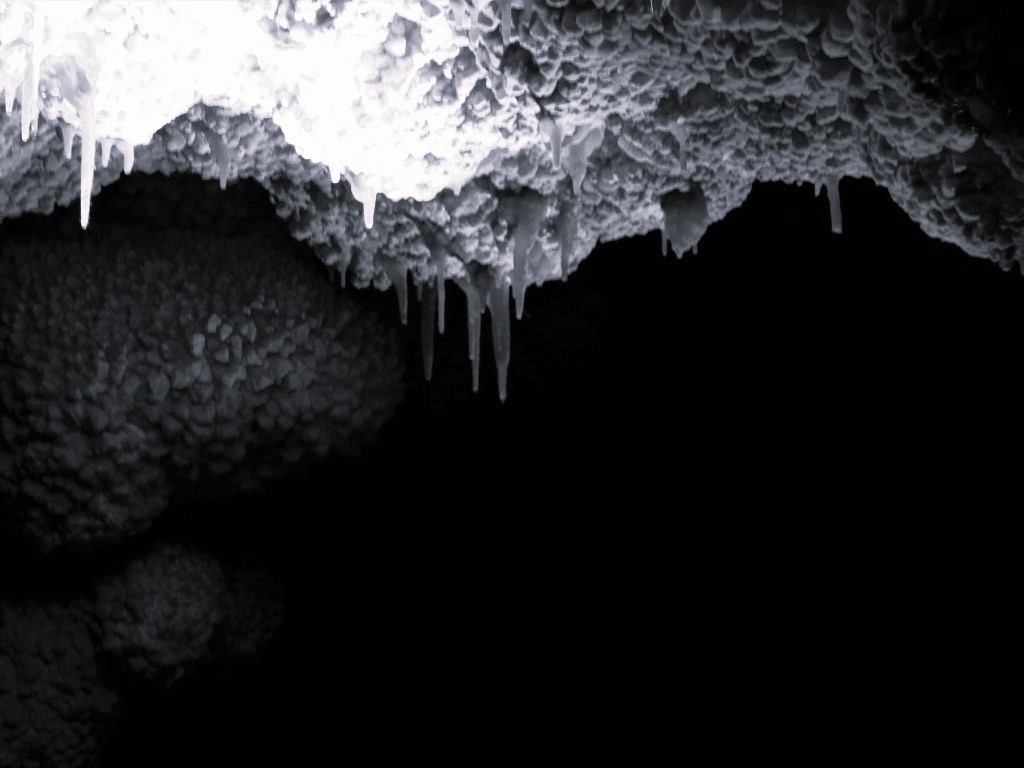
Caves seem to be a favorite at National Park sites, and with Family Well Traveled. Jewel Cave is one of two South Dakota caves which is also a National Park site (the other being Wind Cave, see below). The cave is one of the largest known caves in the U.S. and we enjoyed touring the labyrinths and funky cave designs after taking the long ride down the elevators into the bowels of the cave.
This 32 oz. National Parks Water Bottle with Stickers provides refreshment and memories.
Lincoln Memorial
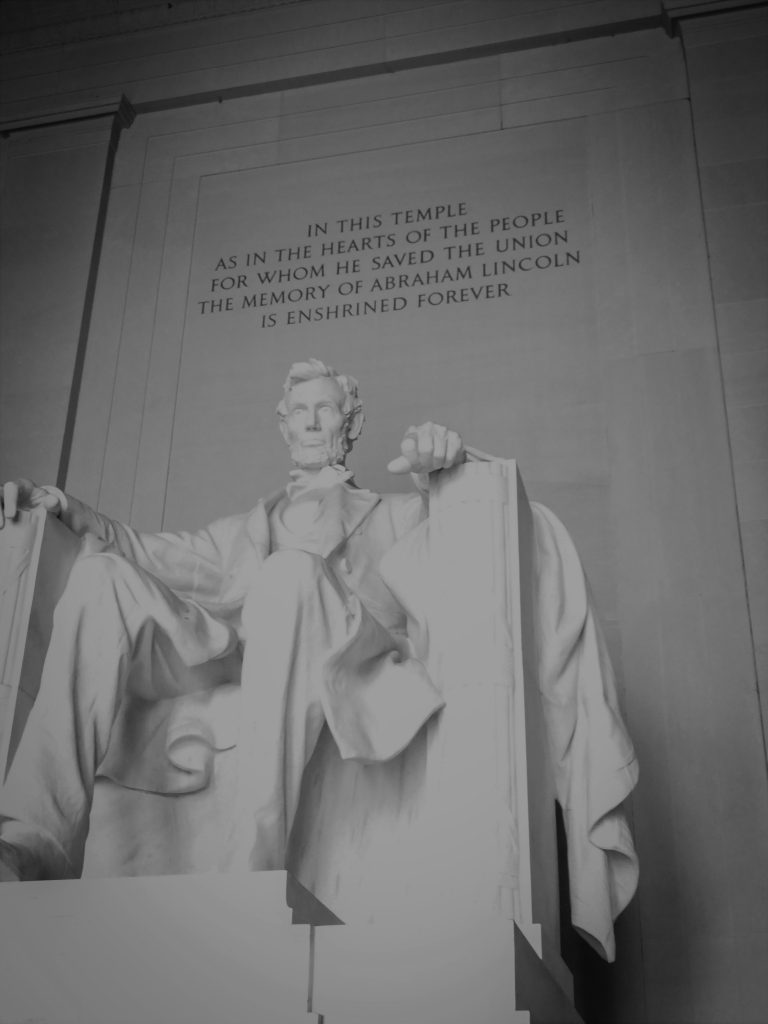
You cannot think about Washington D.C. without an image of the Lincoln Memorial coming to mind. The President who held the country together during a deadly Civil War was a proponent of civil rights. It’s no wonder that Martin Luther King Jr. delivered his famous “I Have a Dream” speech at the foot of the Lincoln Memorial.
Manhattan Project National Historical Park
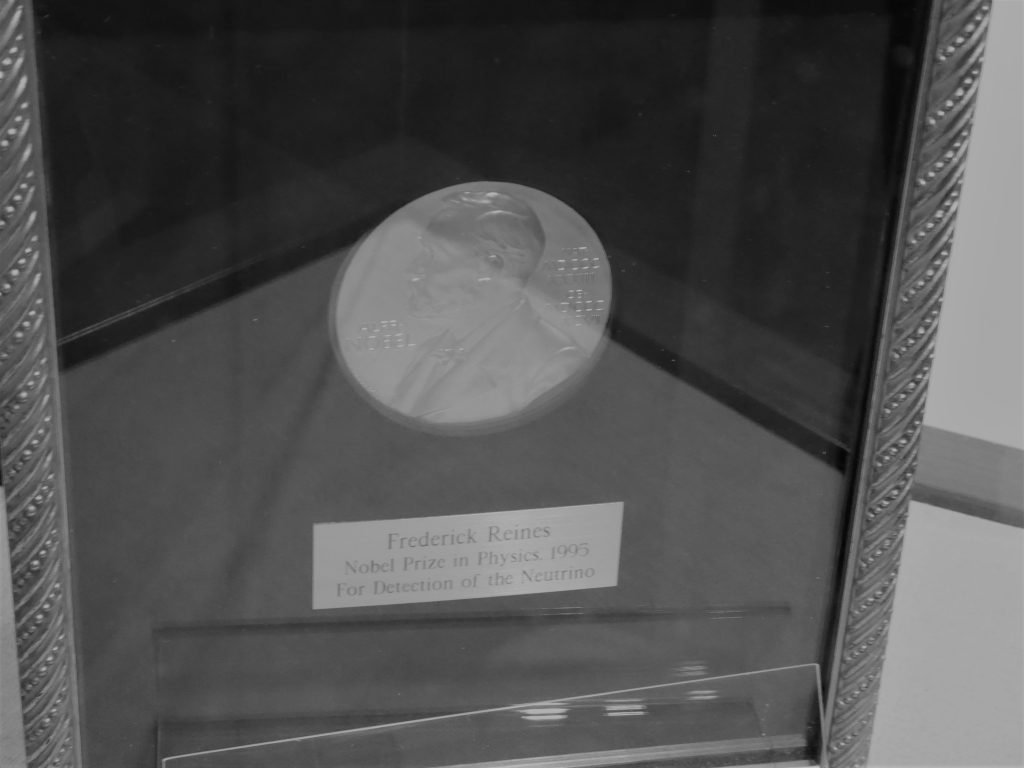
Once a top secret location, the Los Alamos, New Mexico site was central in the U.S. development of the atomic bomb during WWII. Some of the most brilliant scientists assembled here, collaborating with the U.S. military in the formation of the bomb. Today, you can see the homes of the scientists (and see a Noble Prize Medal) and imagine what life was like for the families who couldn’t reveal their location to the rest of the world.
Mesa Verde National Park
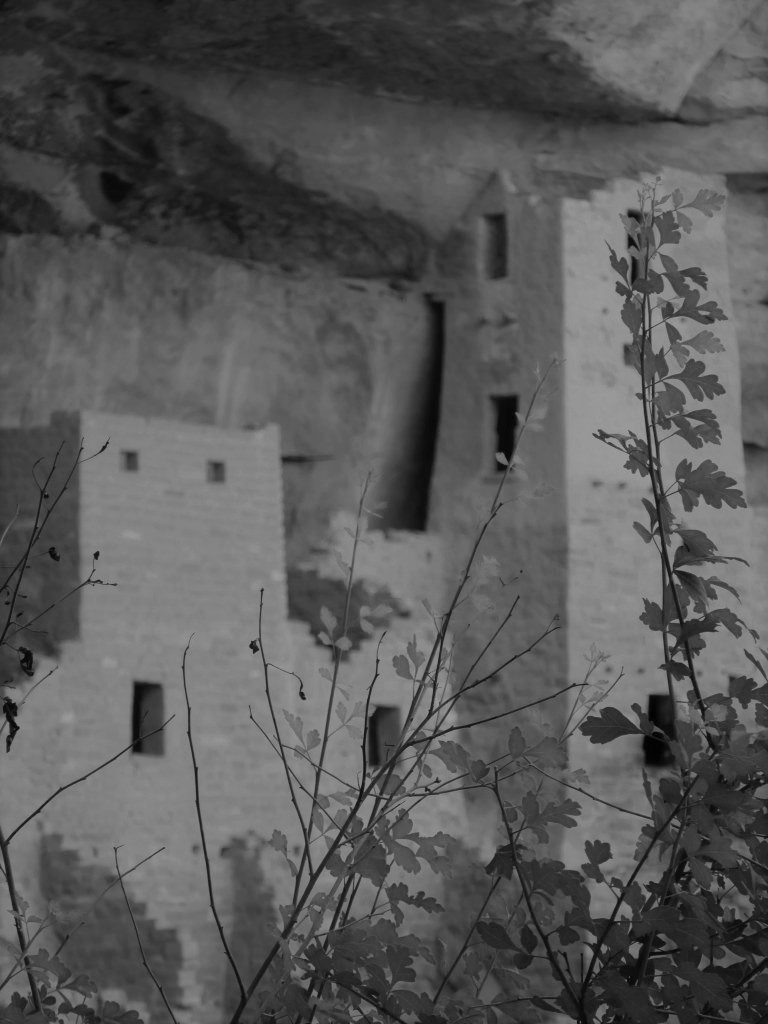
The mysterious ancient cliff dwelling in southern Colorado are the obvious draw of Mesa Verde. Attempting to understand how the Ancestral Pueblo lived and why they vacated their home 800 years ago is fascinating. Take a Ranger-led to tour some of the dwellings, including the famous Cliff Palace, or go at your own pace, making multiple stops along the mesa top road.
Minuteman Missile National Historic Site

You can see and learn about disabled Minuteman Missiles scattered throughout South Dakota at this site’s facilities. You even can tour the bunker where those responsible for missiles once spent countless hours. The Visitors Center has a number of fascinating exhibits highlighting the arms race between the U.S. and former Soviet Union. Kids marvel that their parents and grandparents once lived with the present threat of nuclear annihilation. The site is across the interstate from Badlands National Park, so if you are touring Badlands, make it a point to also check out Minuteman Missile.
Mount Rushmore National Memorial
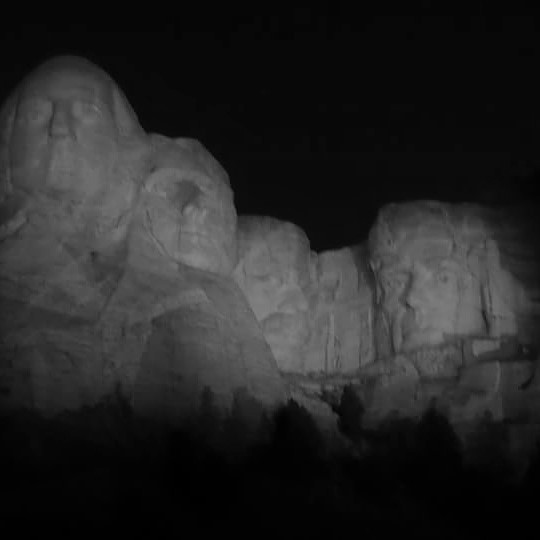
The iconic presidential sculpture in the Black Hills of South Dakota is a must-see attraction. It is magnificent any time of the day. But there is something special about the lighting ceremony that takes place daily at dusk. During the ceremony, military veterans are honored on stage for their service to the United States. One cannot help but feel a sense of patriotism when visiting Mount Rushmore Memorial.
Pearl Harbor National Memorial
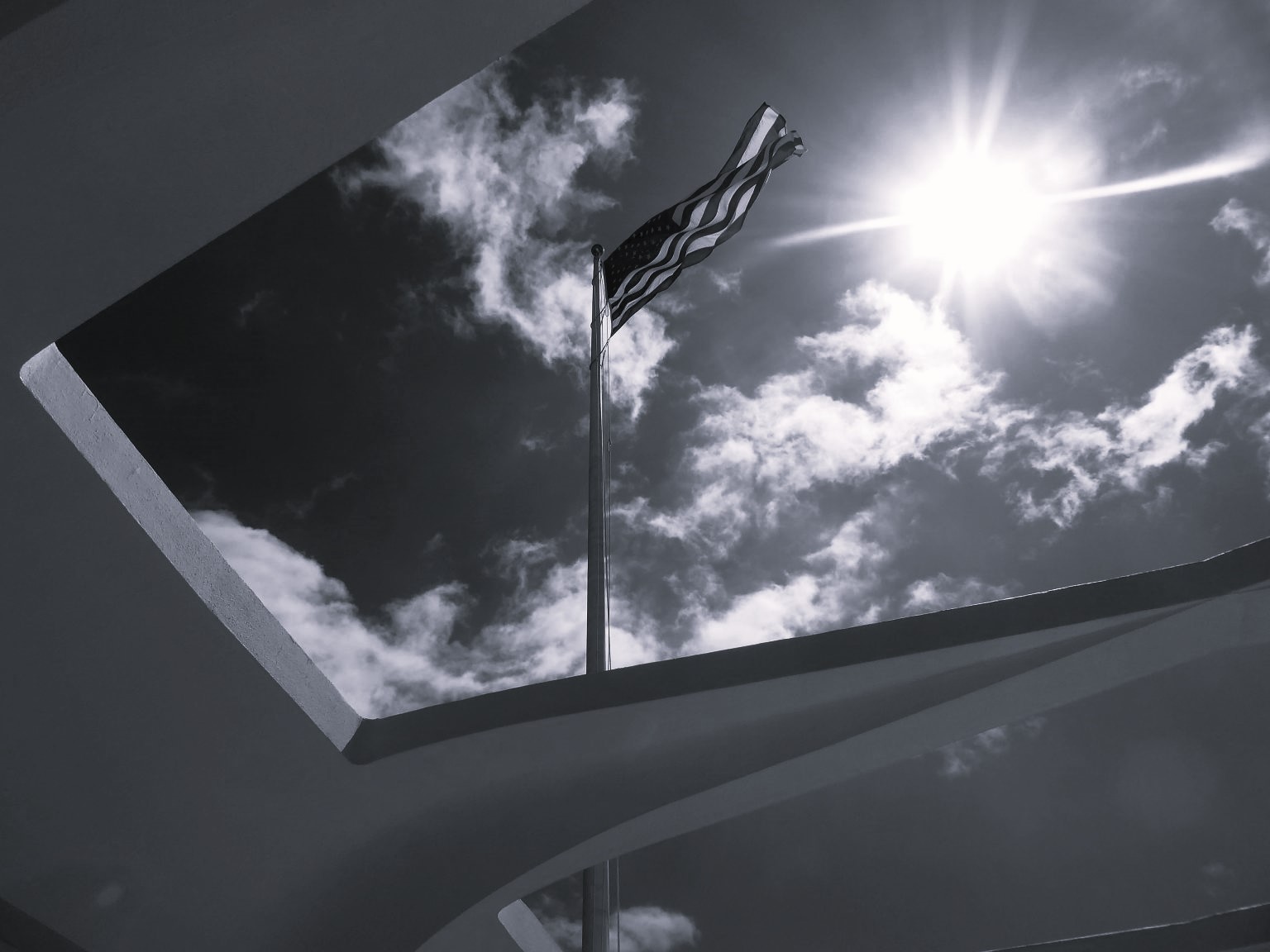
Somber. Historic. Reverential. Sobering. Just some of the words and feelings our family felt while touring the spot on Oahu. On December 7, 1941 Japanese pilots attacked the U.S. military outpost, sinking and killing those aboard the U.S.S. Arizona. The attack was the impetus for the U.S. entry into WWII. The Pearl Harbor National Memorial significantly showcases the submerged Arizona. But, the U.S.S. Missouri docked nearby also showcases the end of the war. On board the Missouri, the U.S. and Japan signed the peace treaty that halted the armed conflict.
We always bring our U.S. National Parks Passport Book to get stamps at each site.
Pecos National Historical Park
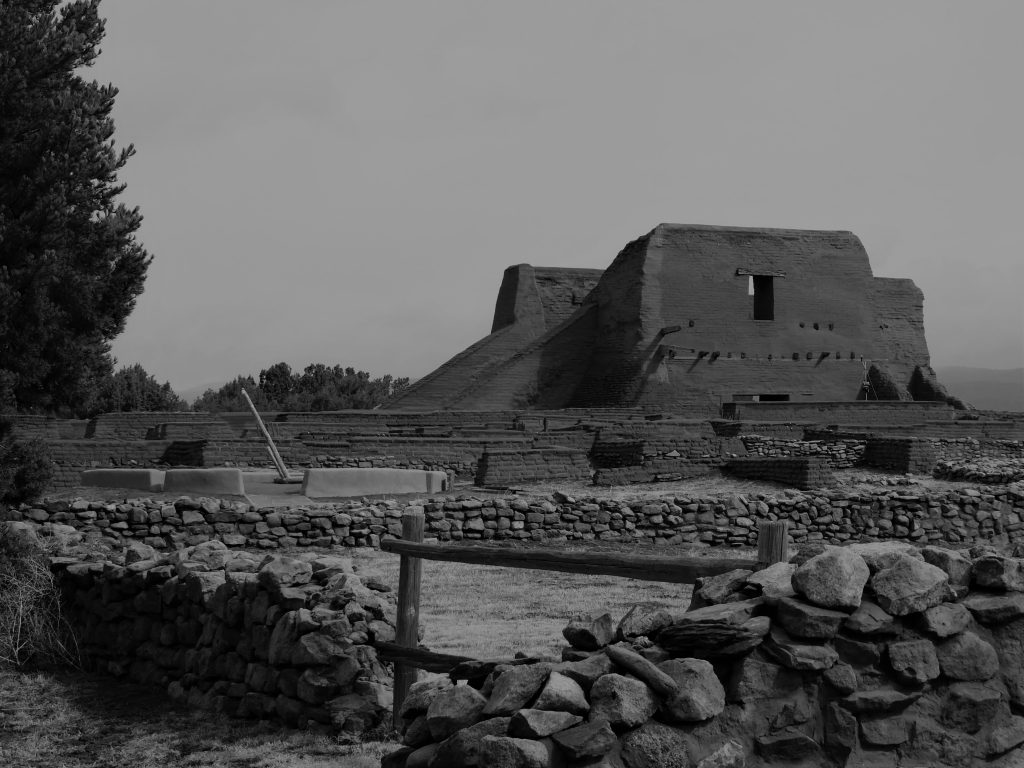
Long before the first English colony in the Americas, the Pecos Pueblo was a vibrant community of 2,000 people. Pecos represents a history of cultures in conflict. The site was taken over by Spanish Conquistadors, Franciscan Friars, and settlers following the Santa Fe Trail. Pecos is also the site of a Pueblo revolt, the Mexican American War, and a battle during the U.S. Civil War.
Petroglyph National Monument
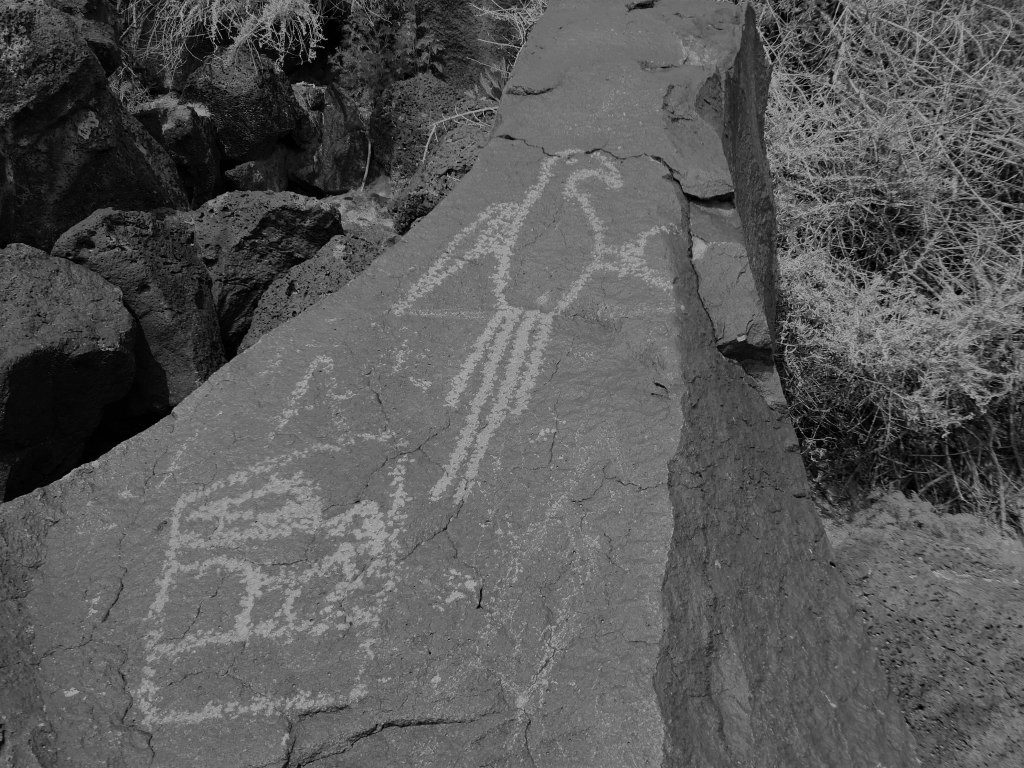
You find hundreds of Ancestral Pueblo petroglyphs of volcanic basalt rock in the heart of Albuquerque, New Mexico. Volcanoes seem to been a powerful spiritual force in the psyche of this people group. At the monument, you can hike along three trails and see hundreds of etchings in the rocks.
Rocky Mountain National Park
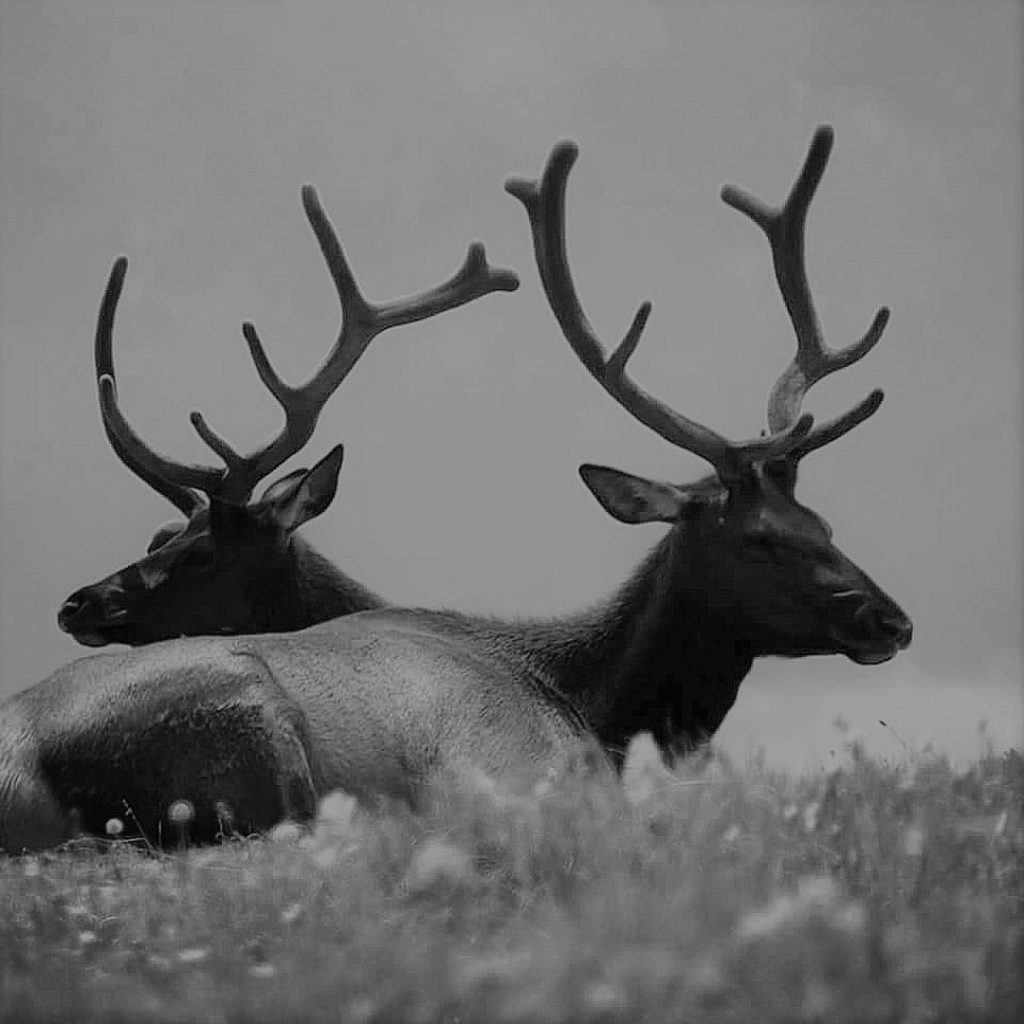
You simply stand in awe while in a valley at Rocky Mountain National Park looking up at the numerous snow-capped peaks. The Colorado park has some of the highest elevation peaks in the country. It also has amazing alpine rivers and lakes, hiking trails and a snow sledding hill. Keep your eyes open for wildlife big and small. The site is home to black bears, moose, elk, and bighorn sheep to name a few. Trail Ridge Road is the highest paved road in Colorado that crosses the Continental Divide.
Scotts Bluff National Monument

One of the more memorable stops for those traveling on the Oregon Trail. The Western Nebraska landmark includes Conestoga Wagons and geological bluffs 800 feet tall. During the heyday of the Oregon Trail, as many as 250,000 immigrants drove through Mitchell Pass at Scotts Bluff. Today, you can hike the trails at the top of the bluffs and see magnificent view of the plains and the North Platte River.
Statue of Liberty National Monument

The iconic monument sits in the harbor of Manhattan. What more can be said about this statue that represents the United States maybe more than any other feature. While you can see it from a distance, a ferry to Liberty Island gives you the opportunity to see Lady Liberty from multiple angles as you walk around the island. You also get great views of Manhattan, Governor’s Island, and New Jersey.
Vietnam Veterans Memorial
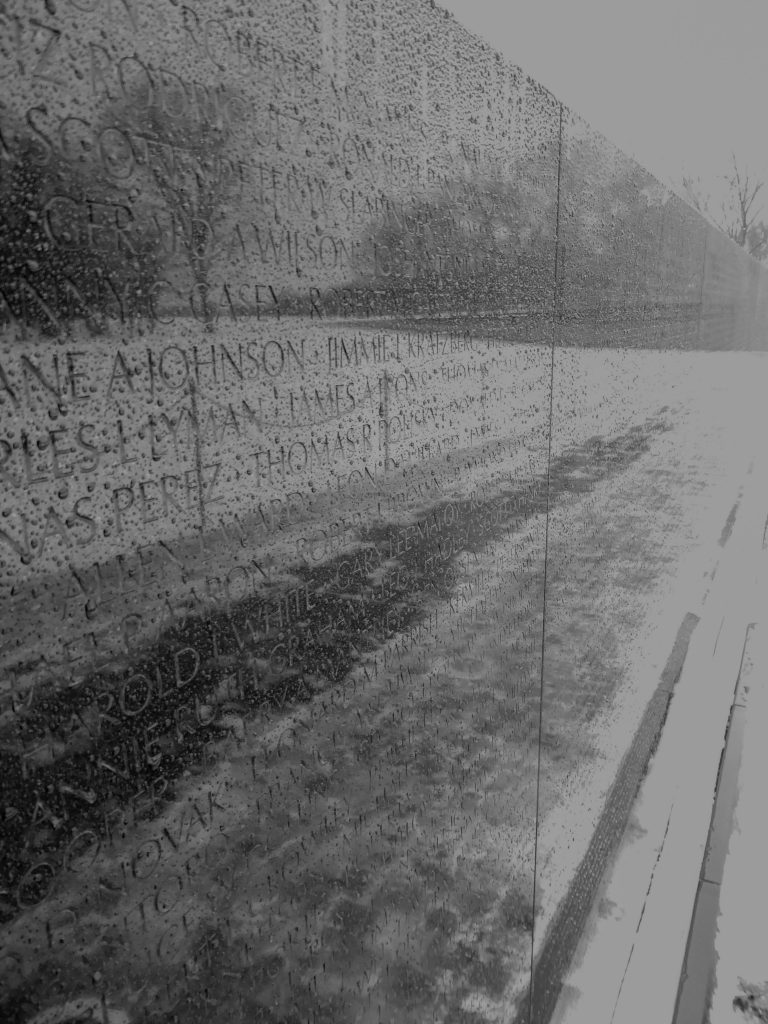
It lists the names of 58,000 Americans who lost their lives during the war. So many of them were teenagers. As you walk down the pathway, looking at and reading the names, you become overwhelmed by the loss. Sobering. But, a site everyone must visit.
Washington Monument
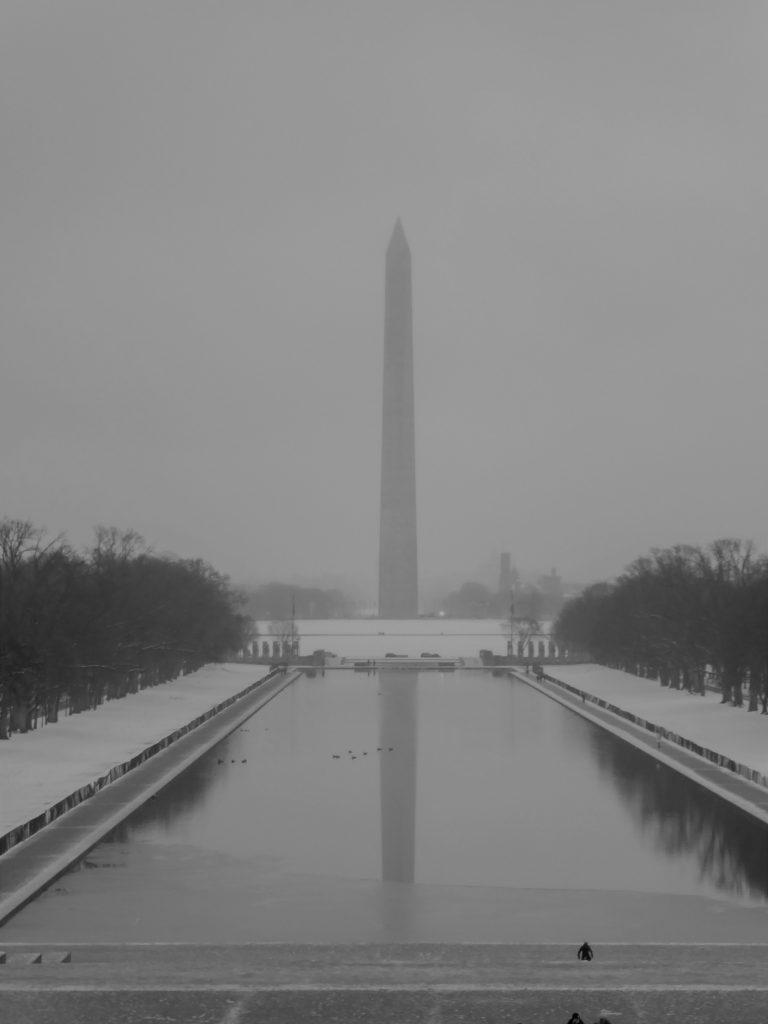
The obelisk honoring the first President of the United States towers above every other structure in D.C. And that’s by design. City ordinances limit the height of all other structures in the capitol city. The monument is under construction to modernize the elevator, but you can still admire it from the outside.
Wind Cave National Park
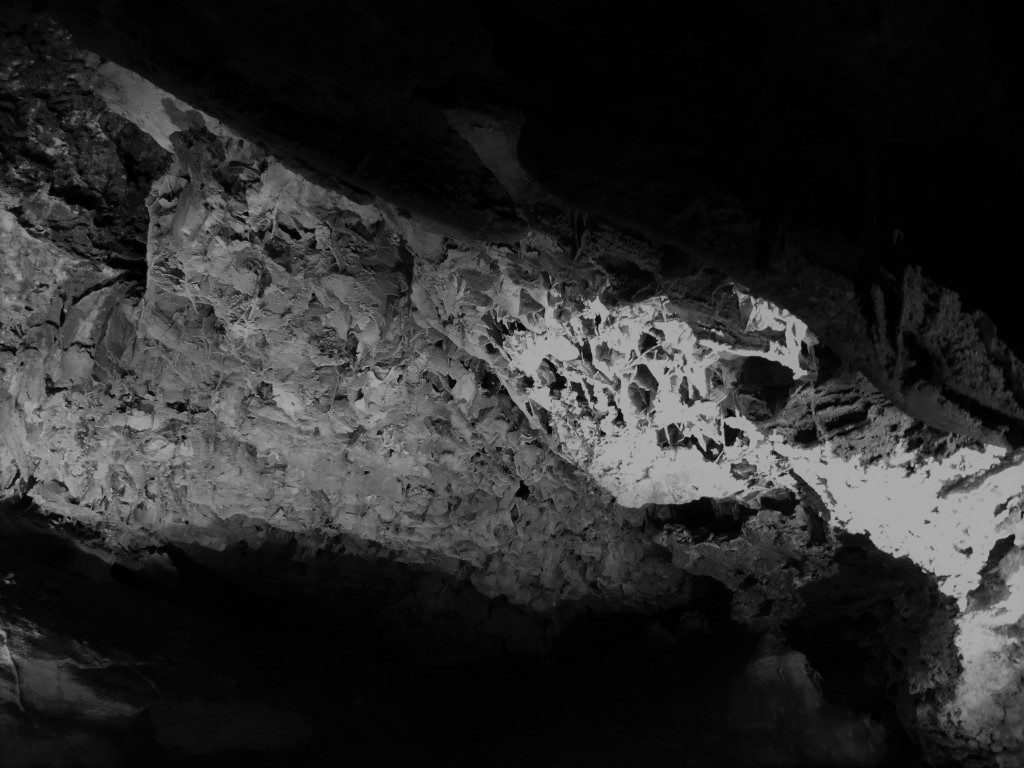
The South Dakota cave is one of the oldest sites in the National Park Service. Wind Cave is the third largest cave system in the world and is famous for its boxwork cave formations. A number of tours are available. And the park has a plethora of wildlife to see, from bison and prairie dogs, to elk and black-footed ferrets.
World War II Memorial
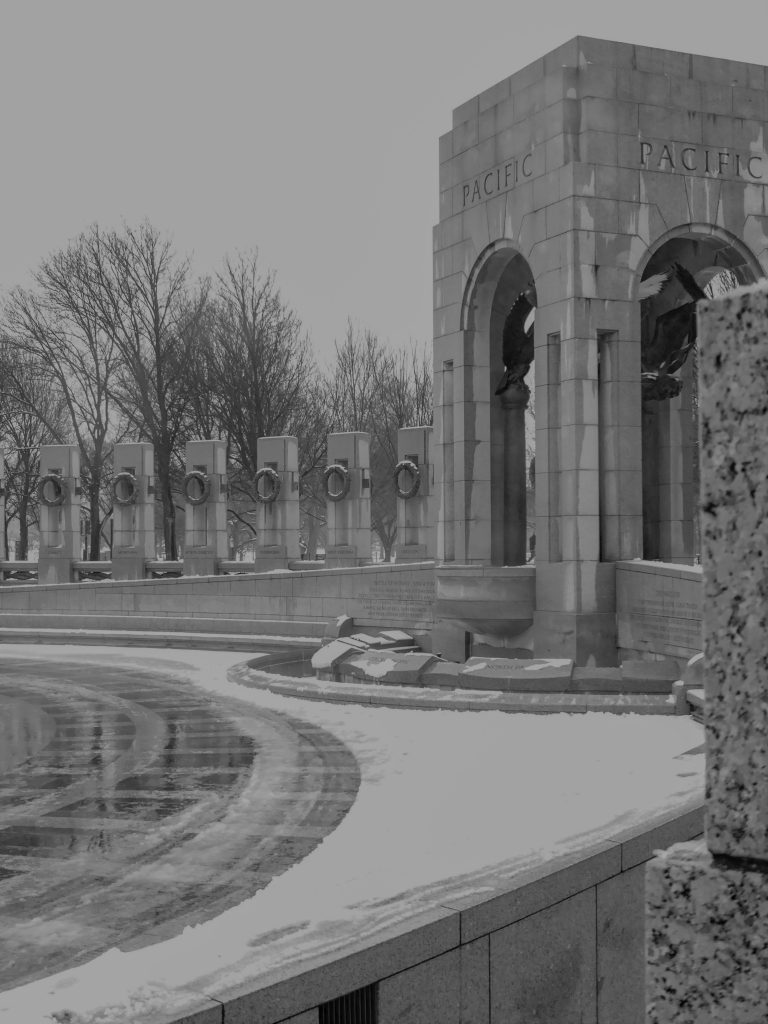
The D.C. memorial honors those of the Greatest Generation who gave everything to preserve democracy and freedom during a time of despotism and unimaginable human atrocities. This, like all of the military memorials in Washington D.C., appropriately and properly honor those brave men and women who fought to preserve the ideals on which the country was founded.
Yellowstone National Park
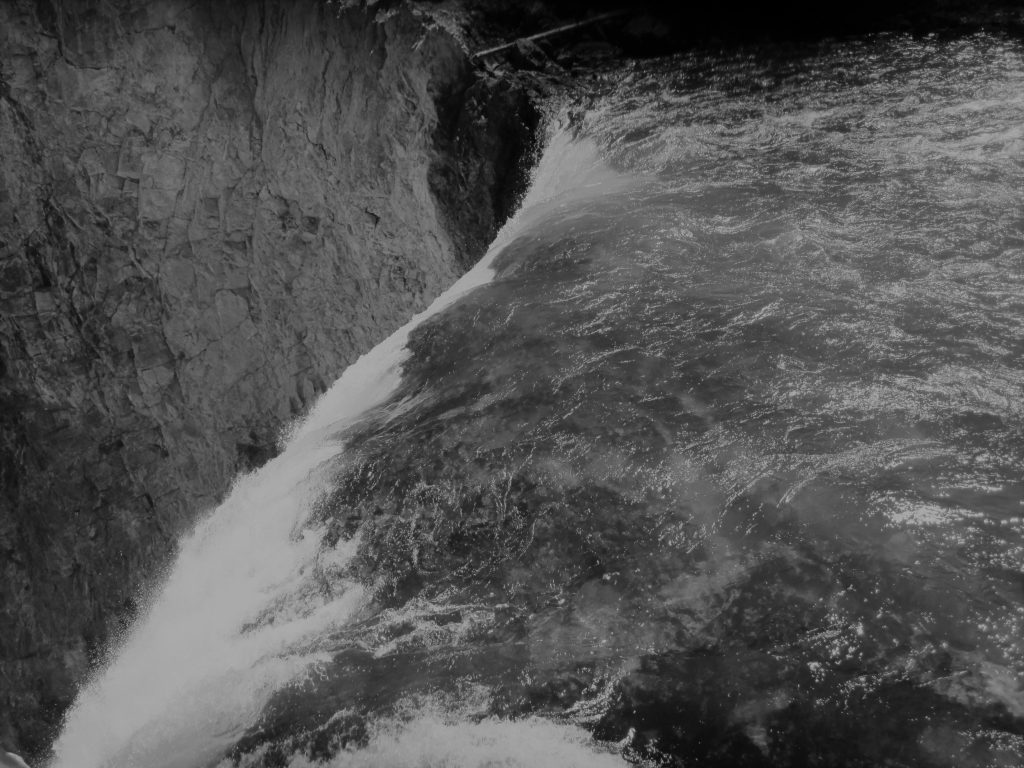
The granddaddy of the parks. The Wyoming/Montana/Idaho park has it all. Wildlife. Geysers. Grand Prismatic Springs. Old Faithful. Yellowstone Lake. Yes. But we love the Upper and Lower Falls. You feel the sheer power of the water rushing over these waterfalls. It shakes the ground beneath your feet and terrifies the soul with the unfettered power. Simply magnificent.
Yucca House National Monument
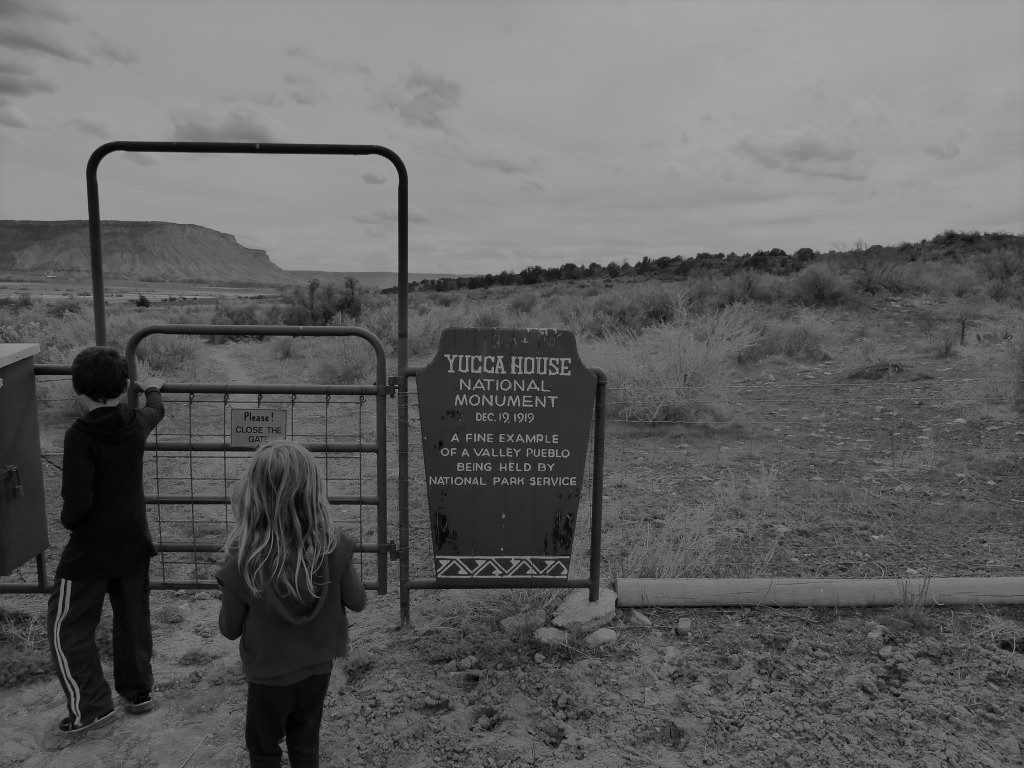
This small, relatively unexplored monument in southwestern Colorado may not have the awe-inspiring cliff dwellings of Mesa Verde. But it is special, and one of our favorite national park sites. Maybe it’s the monument’s obscurity. Maybe it’s the journey taken to get to the site. Whatever the reason, Yucca House is one of our favorite National Park sites.
You Might Also Enjoy:
We take you on a tour of three U.S. Western Forts.
See why we are such huge fans of the NPS Junior Ranger Program.
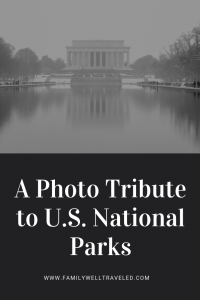
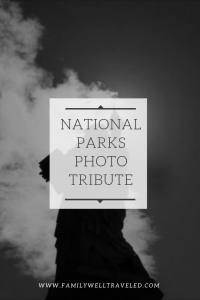
All photos and content are by Family Well Traveled and use of photos or content without permission will result in legal action.

2 thoughts on “National Park Photos: A Tribute”